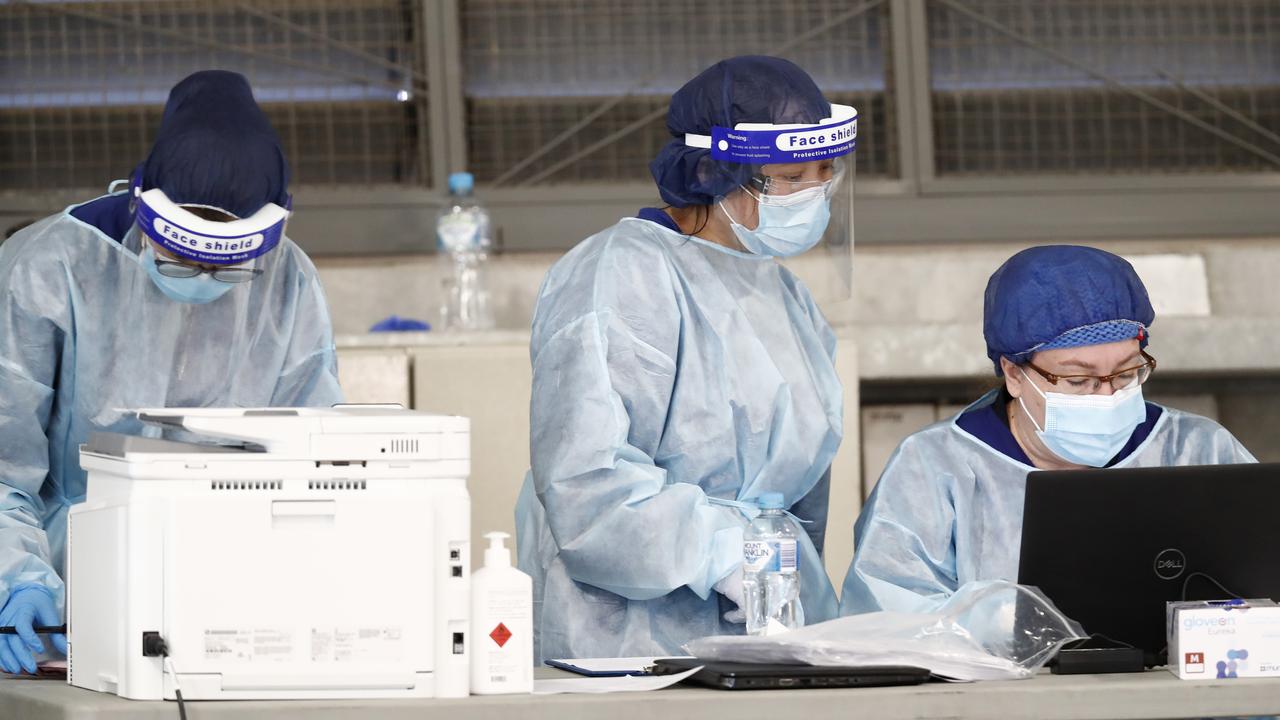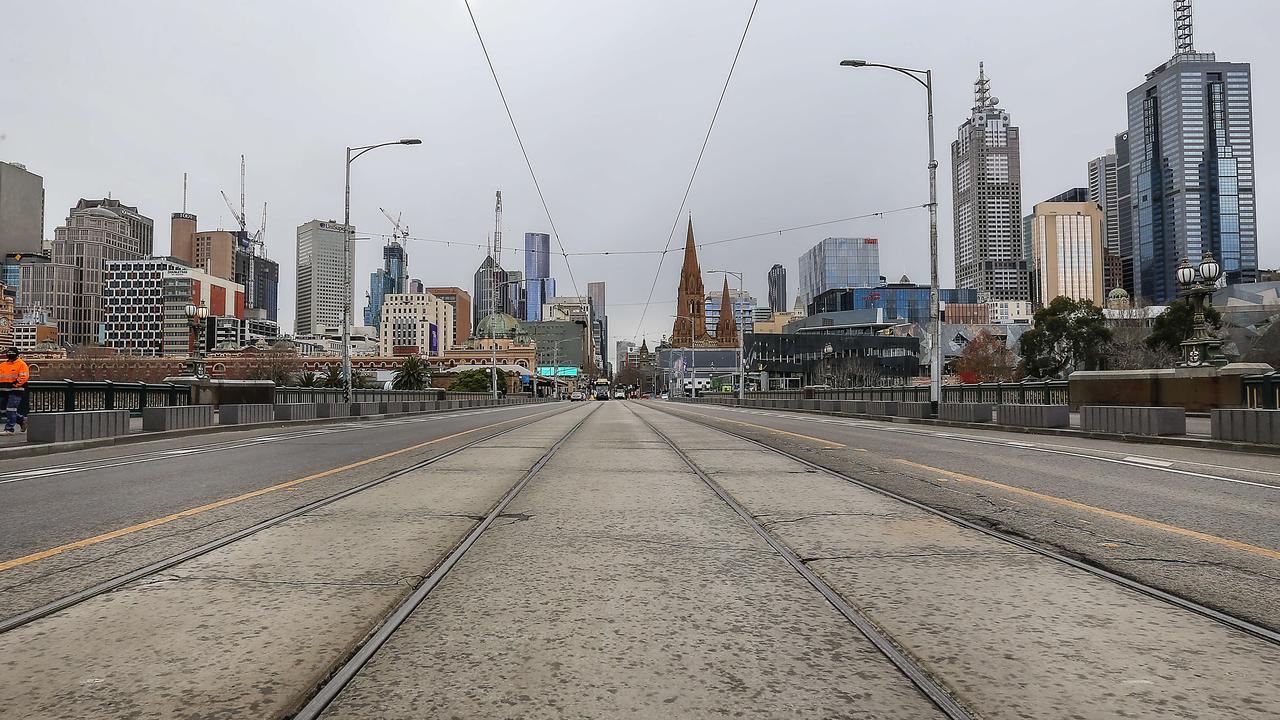Matt Kitchin: Congestion on Mt Everest needs a safer solution
As a mountaineer, it gets my back up when loungeroom experts start their diatribe about climbers throwing away their lives on Everest, but after 11 people have died in 11 days, I hate to admit that two-thirds of them are right, writes Matt Kitchin.
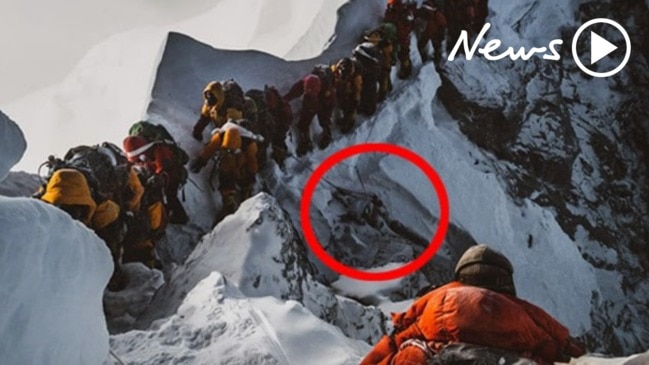
Opinion
Don't miss out on the headlines from Opinion. Followed categories will be added to My News.
Mt Everest has claimed 11 lives in the past 11 days.
As a mountaineer, it gets my back up when loungeroom experts start their diatribe about climbers throwing away their lives on Everest.
Selfish and unskilled idiots putting other people’s lives at risk just to satisfy their adventurous whims. Too many climbers on the mountain. How can it be that hard when there are queues of climbers high on the mountain?
Hate to admit it, but the couch potatoes are two-thirds right.
Inexperienced climbers are attempting to climb Everest. I’ve climbed with them myself.
And too many are attempting to reach the summit at one time. But don’t for a second think it’s easy.
There has been an explosion of cut-price companies that offer guiding and logistic support for an Everest expedition. The Everest industry tips about $40 million into the poor Nepali economy.
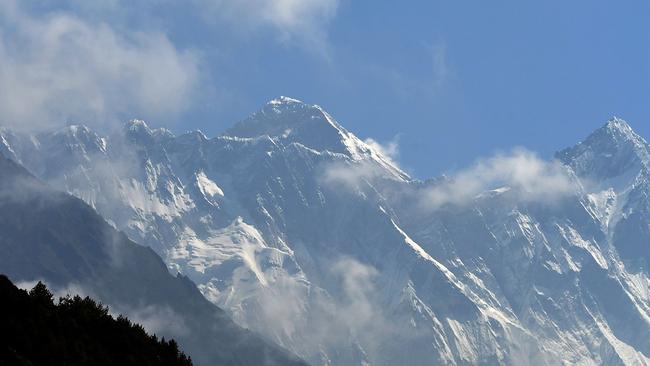
Government regulations dictate that every Everest climber has a minimum of one Sherpa for support, which generates sorely required work in the third world Himalayan kingdom. Hardly gives the government an impetus to reduce the number of permits it grants to climbers.
Western and Nepali companies with some of the world’s best guides and luxury infrastructure will charge about $90,000 a climber for a six to eight-week expedition in one of the most hostile environments on Earth.
Their setups are state of the art, but more importantly their leadership, safety, technical support and mountain knowledge is second to none. At the other end of the scale, a low-rent company based in Kathmandu can charge as little as $30,000 a head and provide the most basic support.
I have attempted Everest twice, using both models.
New Zealand company Adventure Consultants made a safe decision not to push for the summit in 2005 when conditions weren’t great. They charged a lot, but their hard call meant that no one lost their life in Nepal.
Glacier Himalaya, a small Kathmandu-based company, last year ran a great trip for myself and three Japanese on the smell of an oily rag. We climbed the north ridge on the Chinese-Tibet side of the mountain. The north attracts about one-third of the traffic, mainly because the infrastructure from Nepal is more established and there’s a romanticism about following the route that Sir Edmund Hillary and Tensing Norgay used to become the first to stand on the summit in 1953.
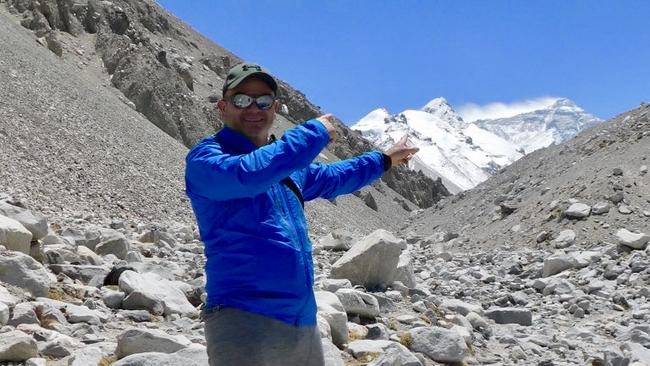
And the north ridge keeps climbers high in the Death Zone for longer, with little chance of a quick descent if the blizzard hits the fan.
I reached the top on May 16 last year with 18 others — well away from the crowded images seen to the south in Nepal.
Some estimates are 40 per cent of climbers don’t make it because of cerebral oedema, respiratory issues, loss of physical power and loss of mental will.
From our original party of eight, two “guides” and two “clients” made it to the summit.
Lhakpa, with whom I climbed, copped painful frostbite on his left cheek. One Japanese climber from my team lost power before his final summit push and was evacuated to hospital with his climbing partner. A Sherpa on our team was sent early to hospital in Kathmandu with severe frostbite of an ear. A European climber I befriended caught frostbite on his right hand and had the fingers amputated.
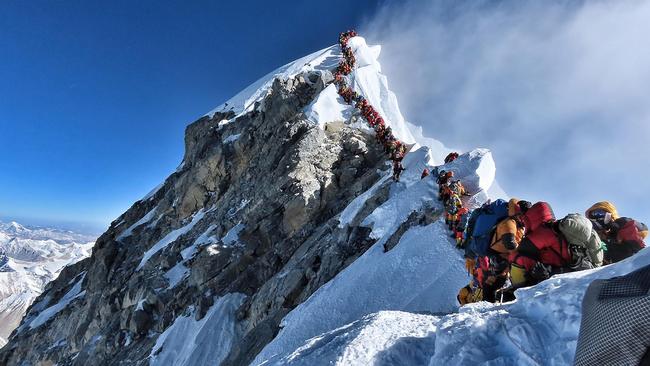
Seven people died on Everest in 2018, which means the loss of life this year is not out of the ordinary.
Four-time Everest summiteer Alan Arnett has said anyone attempting Everest should earn their right by testing themselves on a more straightforward 8000m peak such as Manaslu (8176m).
Couldn’t agree more.
Arnett described the difficulty of operating in Death Zone as like “breathing through a straw” in -40C. I can attest to that. He talked about the body degrading and that supplemental oxygen only enabled a climber to function as if they were 1000m lower down the mountain.
That’s a marginal advantage at best, with physical and mental agility compromised.
Oxygen tanks weigh a couple of kilograms each and carrying the minimum is crucial at altitude.
But if you are suddenly trapped in a six-hour queue at 8700m — which happened in the past few days — you’re still consuming gas and it will run out. That can mean good night nurse.

I ran out of oxygen on my descent from the summit one year ago and felt like someone had pulled the plug. It took everything in my power to fight the urge to lie down and become another frozen statistic. Make no mistake, only one thing needs to go wrong and a climber can die at altitude.
The issue this year has been fewer good weather days for a safer attempt at the summit. Hence many teams are heading up at the same time. I understand wanting to take a shot at the summit when years or training and tens of thousands of dollars are at stake.
But sensible regulation, professionalism and some bloody common sense won’t stifle adventurism.
It might just save a few lives.
Matt Kitchin is Herald Sun head of sport and mountain climber

